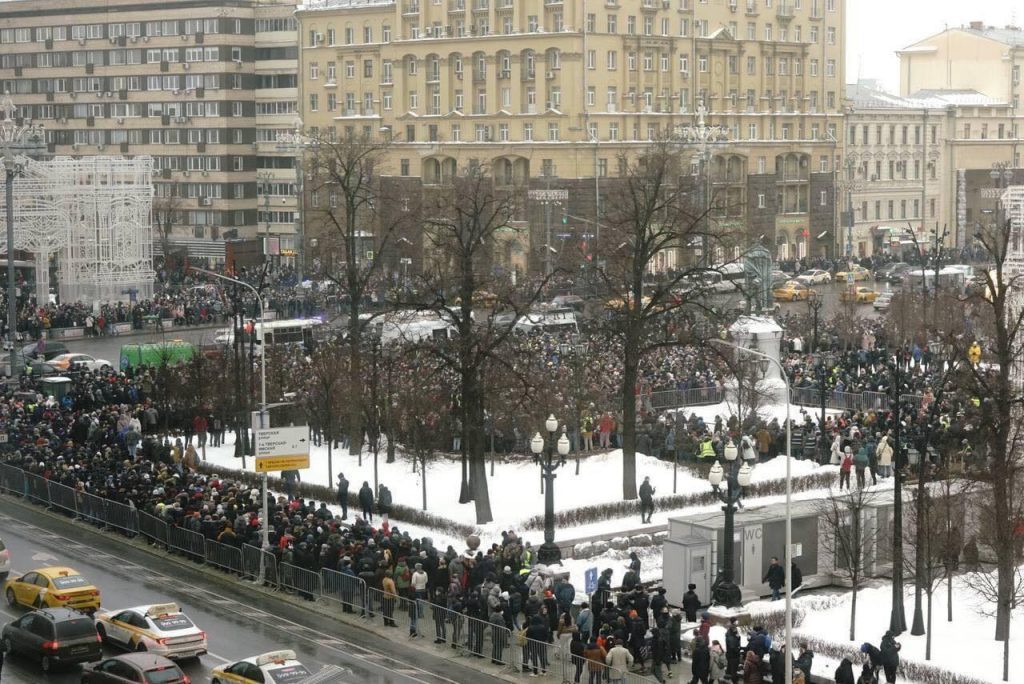
Please Follow us on Gab, Parler, Minds, Telegram
The season of protests in Russia has just begun. Tens of thousands of demonstrators all over the country came out to the streets to demand the immediate release of Alexey Navaly – an opposition figure who was arrested on January 17 upon his recent return from Germany.
According to reports, Russian police have detained more than 2,000 people in a crackdown on protests. Unlike Belarusian security forces, who brutally stamped out the first wave of protests against President Alexander Lukashenko’s reelection in August 2020, Russian riot police behaved more restrained, possibly in order not to repeat the same mistakes that the Belarusian leader made. That, however, does not mean that protests in Russia will end any time soon.
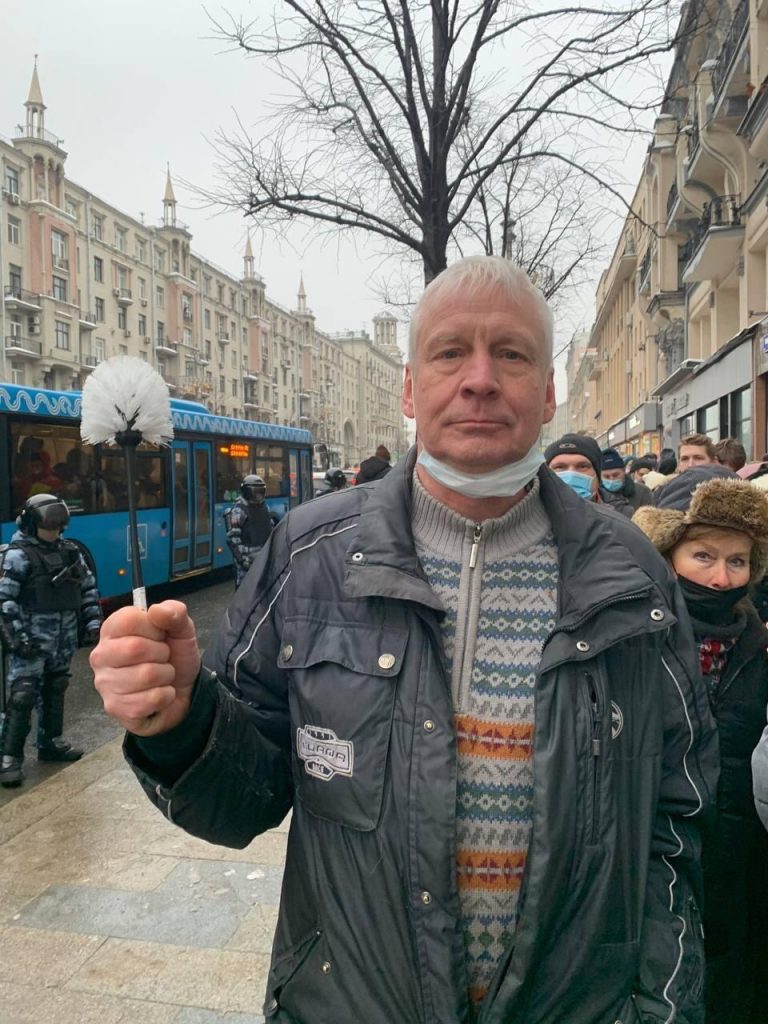
The very fact that demonstrations were scheduled for Saturday, when all state institutions are closed, is a clear indication that the goal of the protests was to create a certain image in the media, rather than to storm government buildings. In general, rallies all over Russia looked like a test of strength and preparations for another round of clashes against police after January 29 when Navalny will have a court hearing.
The Kremlin critic, who accused Russian President Vladimir Putin of trying to poison him in August 2020, was detained because of alleged violations of his 2014 suspended prison sentence for embezzlement. Russia’s Federal Penitentiary Service has requested that a court revoke his suspended sentence in favor of a prison term. If the request is granted, Navalny could be jailed for 3.5 years. On the other hand, if the Russian authorities release the opposition politician, it will be interpreted as a clear concession to street pressure, as well as to threats from the West.
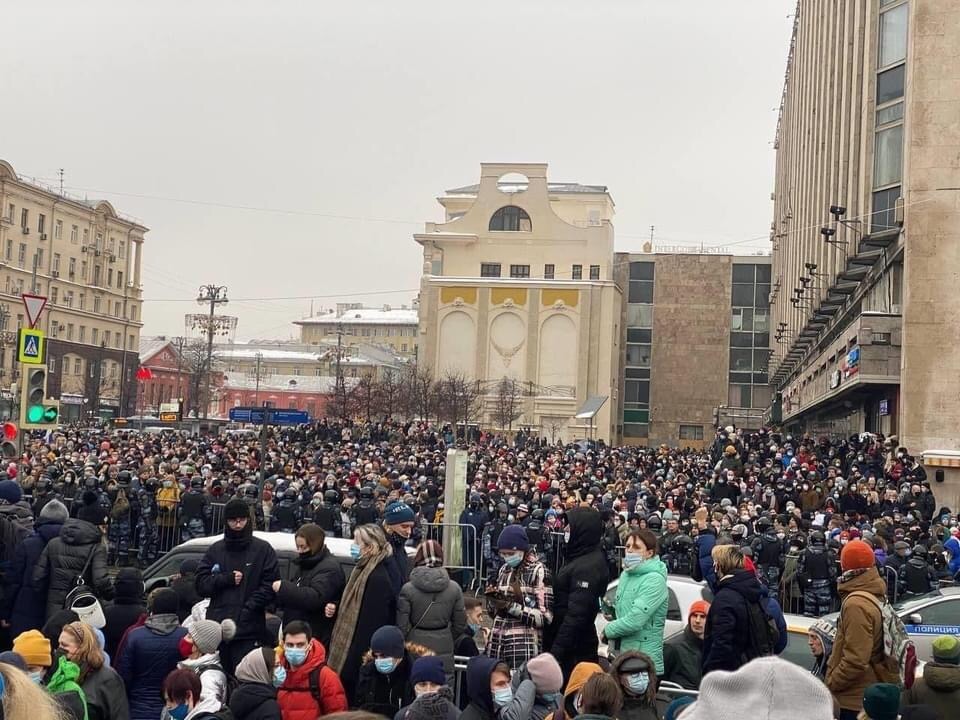
The Biden administration already condemned “harsh tactics, crackdown and detentions in Russia”.
“The US will stand shoulder-to-shoulder with our allies and partners in defense of human rights – whether in Russia or wherever they come under threat”, says the statement released by new State Department spokesman Ned Price.
It is worth noting that the US embassy in Moscow openly supported protests in Russia. That, however, does not mean that the American diplomats will be expelled from the country. The Kremlin will likely “strongly condemn” the US actions, and will accuse the new American administration of hypocrisy given the way the US security services treated the Capitol protests on January 6. On the other hand, the West will use the case of Alexey Navalny as additional pressure on Moscow.
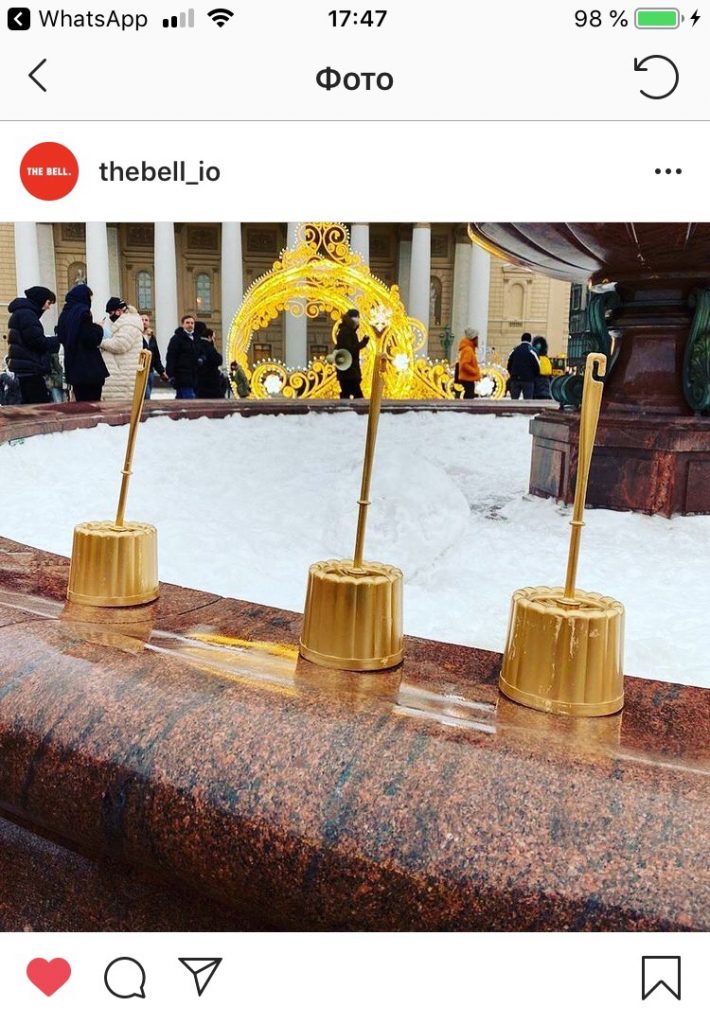
As in case of Belarus, if the protests in Russia continue, the West will likely impose more sanctions on Russia, especially if the security services continue their crackdowns on demonstrations. After Navaly was arrested, the United States promptly slapped sanctions on a Russian ship involved in the construction of the Nord Stream 2 natural gas pipeline that would bring Russian energy to Germany. Also, according to reports, New York City authorities have completely disconnected all city telephone lines of the Russian Consulate General in New York. Moscow traditionally does not respond to such actions, which undoubtedly create an impression of a serious Russian weakness.
Pro-Navalny protests, held in most major Russian cities, are likely an attempt to launch a long-running process of periodic rallies, which means that the Western pressure against Moscow is expected to grow. However, the Kremlin has a history of dealing with anti-government demonstrations. For instance, in the Russia’s Far Eastern city of Khabarovsk anti-Kremlin protesters have been holding weekly demonstrations for months, demanding Russian authorities return former governor Sergei Furgal to the Khabarovsk region for a “fair trial” by jury. However, given that authorities refuse to release Furgal, or at least allow him a trial in his hometown, the very point of the protests has become questionable. In neighboring Belarus the authorities seem to be implementing the very same strategy – wait it out. Such a policy has already been applied in France during the so-called “Yellow Vest demonstrations”. The protests in the European country have gradually died down, given that none of the protesters’ demands have been fulfilled. It is very probable the Kremlin will try to use the same mechanisms in order to survive the current round of demonstrations.
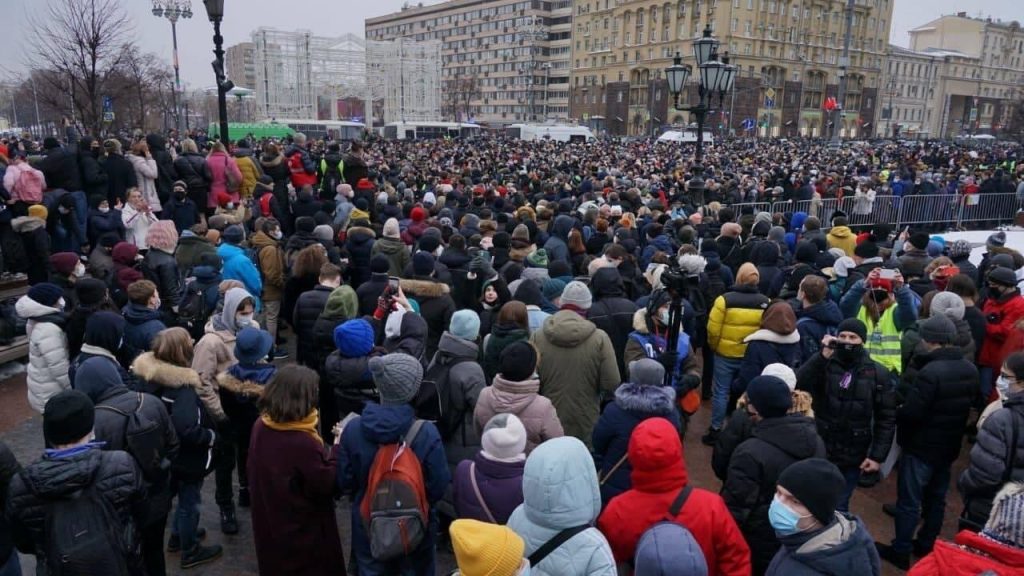
In the long term, the anti-Putin sentiment in Russia will grow, for at least two reasons. He has been in power for too long, and the COVID-19 pandemic has already had a serious impact on the Russian economy. All that, however, does not mean that he will be overthrown by angry pro-Navalny protesters. “A palace coup” in the Kremlin looks like a more realistic option should the situation in the country escalate.
CDMedia is being targeted and obviously too effective! We need your support to put more reporters in the field! Help us here!
- Palestinians Making Bombs In Gaza Blow Up Themselves And Their Neighbors
- Words and Phrases We Must Eliminate


